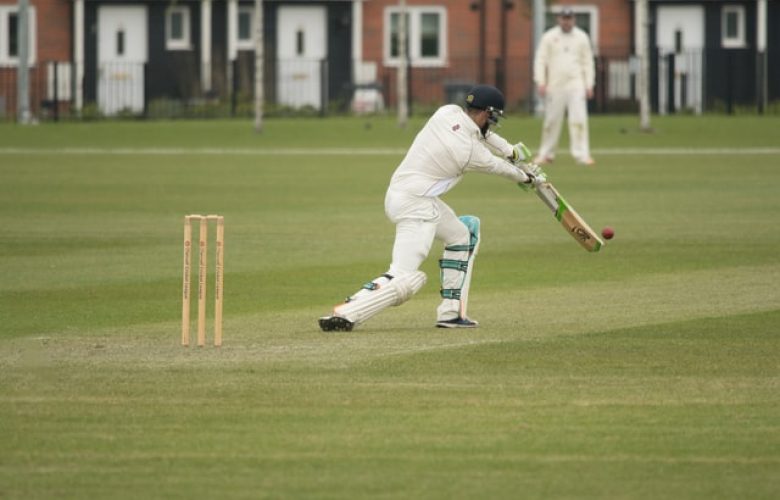Cricket has suffered, but not only cricket. The aestheticians have scorned to take notice of popular sports and games to their own detriment. The aridity and confusion of which they so mournfully complain will continue until they include organized games and the people who watch them as an integral part of their data.” – CLR James, Beyond a Boundary (1963). C.L.R. James directed early attention to the neglect of sport as an area of study. Sport has been excluded from the process of academic teaching and research in the UK. The study and development of sport has undergone revolutionary transformation, marked by the rise of sport studies and the emergence of a veritable sport industry. The late development of sport as an area of can be attributed to three major related factors, namely: (i) the dominant conception of sport as an activity; (ii) the dominant role assigned to sport in society; (iii) the nature of traditional research and teaching agenda at the University. The dominant concept of sport was built around several related dualisms that included work/play, intellectual/physical and mind/body. Sport, by definition, was associated with recreation, leisure and play as opposed to work, which was associated with serious, productive, income generating and related to some career or form of employment. It was not seen as something intellectual or academic on the same plane as physics, chemistry and biology etc. So much so that persons who were athletically inclined was deemed to be intellectually challenged and merely used sport to compensate for their academic deficiencies. Given the conception of sport and its role in society, the traditional research and teaching agenda within the University setting was constructed around several major areas which included, notably, poverty, crime, family, education, religion, race, economic growth, unemployment, management, migration and the study of government.

The study of sport in society has evolved over the last 20 years to something called ‘physical activity’. This field consists of 10 major sub-disciplines which include: sport history, sport sociology, sport psychology, sport management, sport law, sport economics, sport engineering, sport policy, sport medicine and sport science.The factors contributing to this transformation include the concern over healthy lifestyles and issues like obesity; protest movements related to gender, sexual orientation, disability and their calls for equality and inclusion, deviance, improvements in sport technology, the phenomenon of athletic migration, globalization and more recently the creation of national sport policies driven by nationalism and structured around the development of elite and mass sport participation. The economic transformation of sports stands as a factor itself and its association with other industries such as the tourism industry has further aided and underlined its transformation. ‘The sport tourism industry has been “described as the fastest growing sector in the global travel and tourism industry”, was estimated to be “$600 billion” US globally in 2008’. However, this economic and academic transformation of sport has not occurred around the world. Not surprisingly, the USA, Canada and Europe has the greatest expression while developing countries such as Mexico, Brazil, Argentina and Chile catch up or remain as spectators to this transformation.




